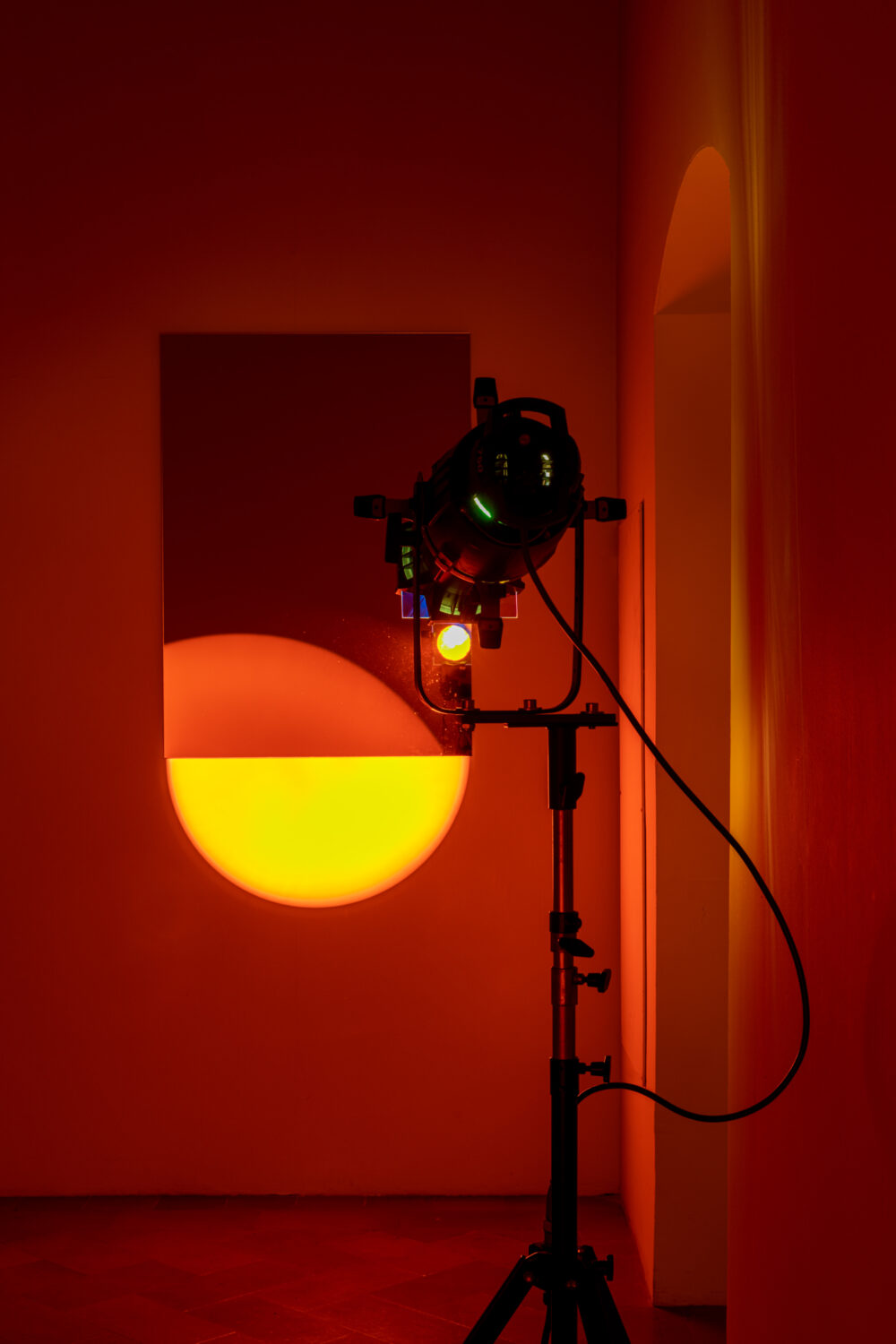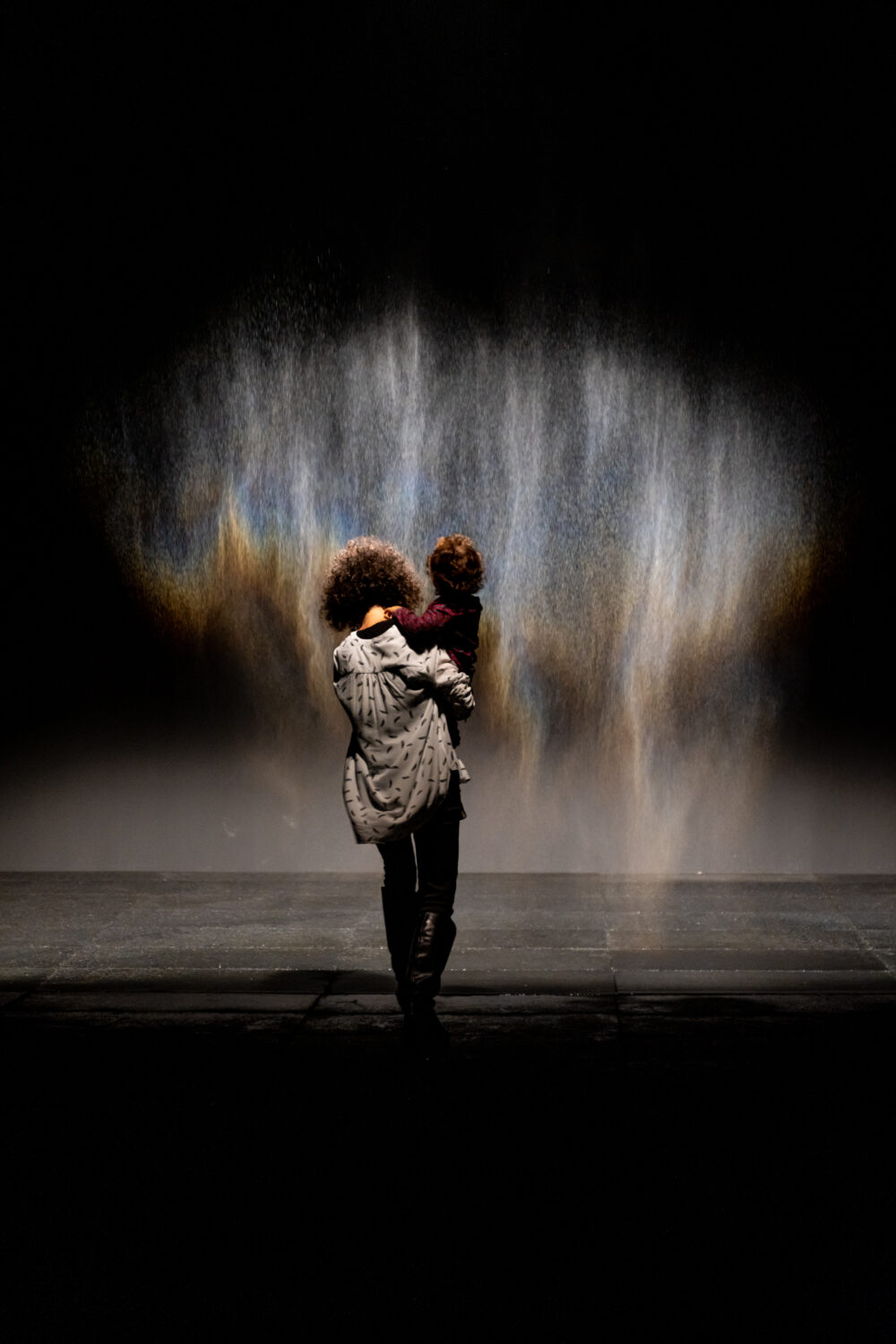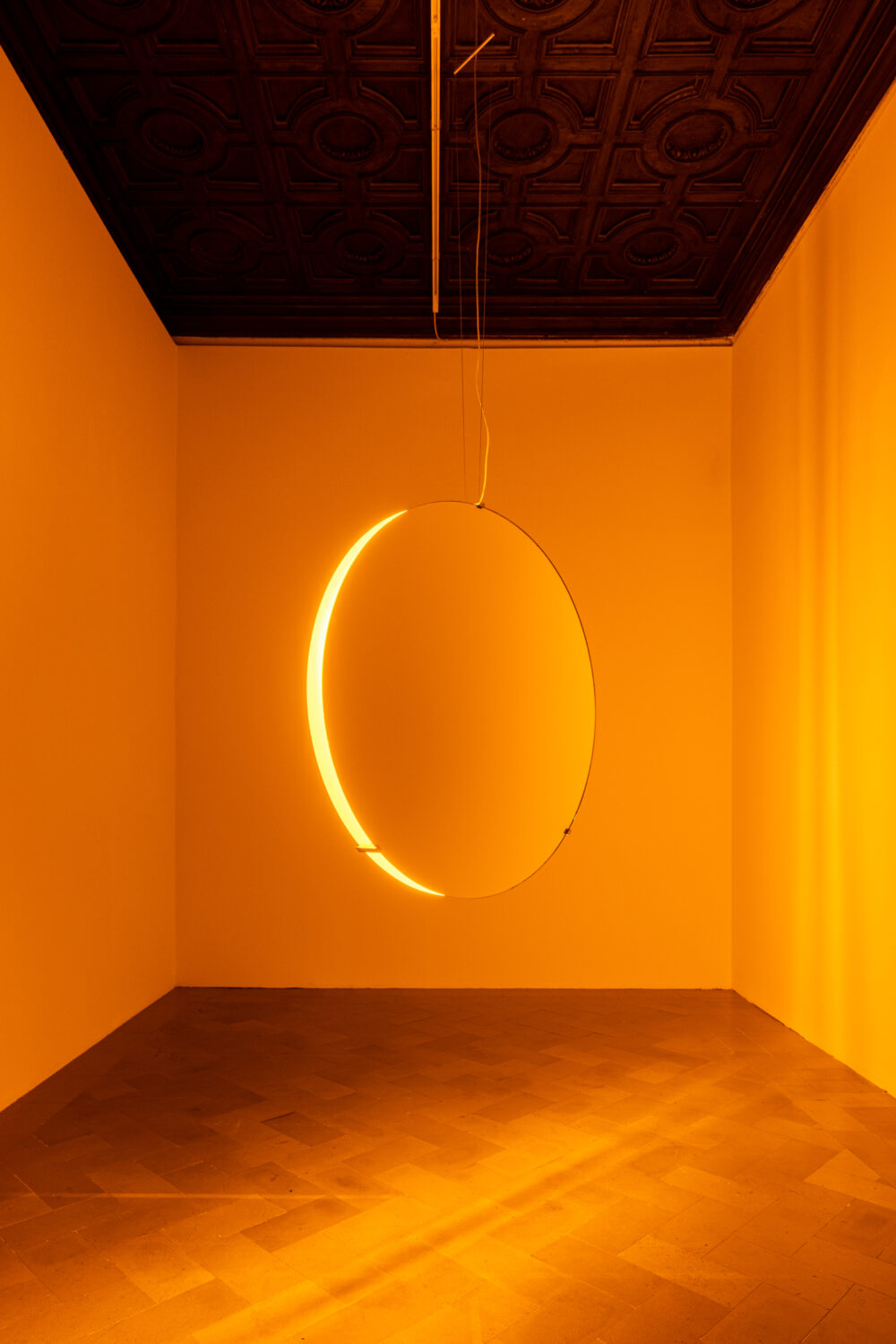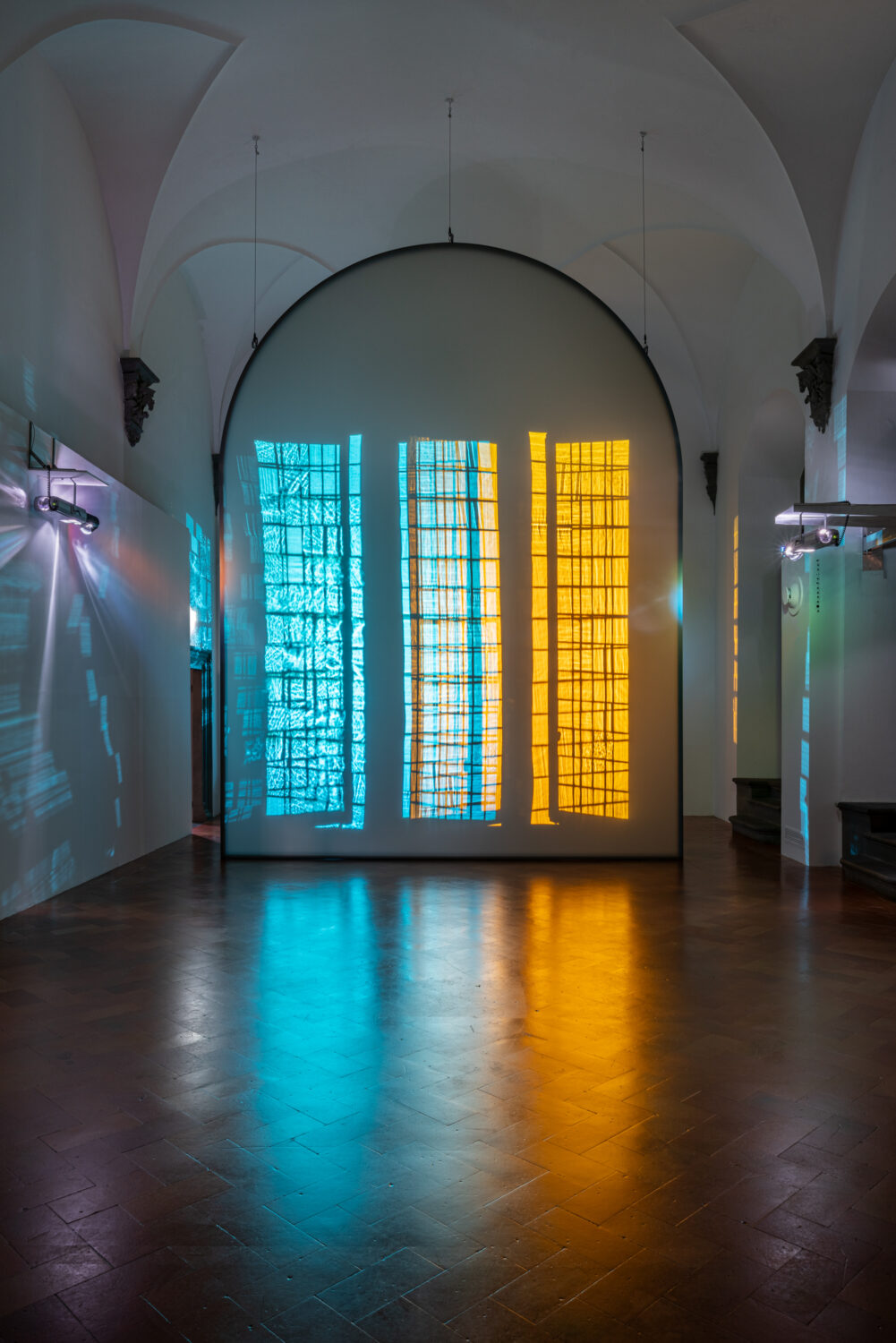Olafur Eliasson Takes Over Florence’s Palazzo Strozzi
By Something CuratedFor his largest exhibition to date in Italy, Olafur Eliasson leads visitors to Palazzo Strozzi on a meandering journey that reimagines and subverts the experience of the building’s Renaissance architecture. Open now and running until 23 January 2023, the exhibition brings together site-specific installations alongside historic pieces, as well as new works created using VR technology. Curated by Arturo Galansino, the show is the result of the artist’s direct interaction with the site, the historic and symbolic architecture of which he rethinks with installations built around the viewer. Eliasson tells: “When I was designing my exhibition for Palazzo Strozzi, I wanted to conceive of this wonderful building not so much as a passive host, a backdrop or even a container for the exhibition, but rather as a co-producer of the exhibition itself. In fact I hope that the works I have created will allow the building to be present and explicit for all the visitors. Palazzo Strozzi has made a journey in time from its origin in the Renaissance to its current role as a space that hosts research centres and exhibitions. I too have made a journey. My artworks have made a journey. Each of us getting to grips with our journey, we meet in the here and now of this exhibition.” To learn more about the landmark presentation, Something Curated spoke with its curator, Galansino.

Something Curated: Can you give us some insight into your role as Director and Curator of Palazzo Strozzi?
Arturo Galansino: Thanks to my academic background and the variety of my historical and artistic interests, I have been able to create wide-ranging exhibitions in this unique project space in Italy. Palazzo Strozzi’s founding principles are accessibility, inclusion and experimentation for art and culture; it has become a laboratory for a new idea of contemporaneity in Florence. Through the creation of some of the most important exhibitions on the international scene, public art projects and a broad and diversified programme of activities aimed at all audiences, the Foundation contributes to cultural, social and economic development. We are working with great energy on our next projects which will continue to range from ancient to modern and contemporary art in a lively dialogue between tradition and innovation.

SC: What excites you about the work of Olafur Eliasson?
AG: The exhibition combines historical installations and many new productions designed specifically for Palazzo Strozzi. I would mention, among the most famous works, the poetic installation Beauty which manifests a spectacular rainbow in the gallery space, using beams of white light broken down into the colours of the spectrum and made visible through a curtain of fog. Depending on the angle, each visitor has a subjective and personal vision: no two spectators see the same rainbow. I’m also excited to bring the alienating Room for one colour (1997) to Palazzo Strozzi – in this piece, using an empty space and monofrequency light lamps, the perception of the viewer is transformed to only register shades of grey, yellow and black, while accentuating the perception of details from part of the spectators. Eliasson wants to destabilise the viewer’s certainties, the consolidated judgments, to invite them to perceive their surroundings in a new way. As the artist himself says, his purpose is to generate “new ways of experiencing space and of looking at ourselves while we observe” – the idea of seeing yourself sensing is in fact the basis of his thinking.

SC: When curating the exhibition, how did you approach utilising Palazzo Strozzi as both a site of display as well as production?
AG: This project began many years ago, in 2015, when Olafur Eliasson visited the spaces of Palazzo Strozzi for the first time. During that first survey, the artist carefully observed the Renaissance architectural elements, the capitals and the stone doors, climbed the steps to look out, through the leaded glass, from the mullioned windows onto the adjacent streets and the square in front. Thus began a long conversation between Eliasson and the fifteenth-century palace, a dialogue whose meaning is summarised in today’s exhibition. Due to its historical importance and the meanings it embodies, Palazzo Strozzi cannot be a neutral container and, thanks to the work of the artist and the participation of visitors, it becomes the bearer of meaning and co-creator of the exhibition itself. In the series of installations that make up the exhibition itinerary, in fact, the building becomes a meeting place between architecture and its history, works and people, space and, indeed, time, as the title of the exhibition indicates.

SC: What is the thinking behind the selection of works included in Nel Tuo Tempo?
AG: For the exhibition Nel Tuo Tempo Eliasson worked in all the Renaissance rooms of the building, from the courtyard to the Piano Nobile to the Strozzina, in a path that combines new installations born from the study of the building with historical works adapted to the context, to perceive the building with a new approach, free of conditioning and inviting visitors to make an itinerary not only in space, but also in time. The artist has demonstrated his flexibility by rethinking the environments through works that involve the interaction between our senses and elements such as colour, water, light, and together with works that intervene in spaces by introducing unexpected points of view, mirrors and interference.
Feature image: Installation view of Nel Tuo Tempo by Olafur Eliasson at Palazzo Strozzi. © Ela Bialkowska/OKNOstudio